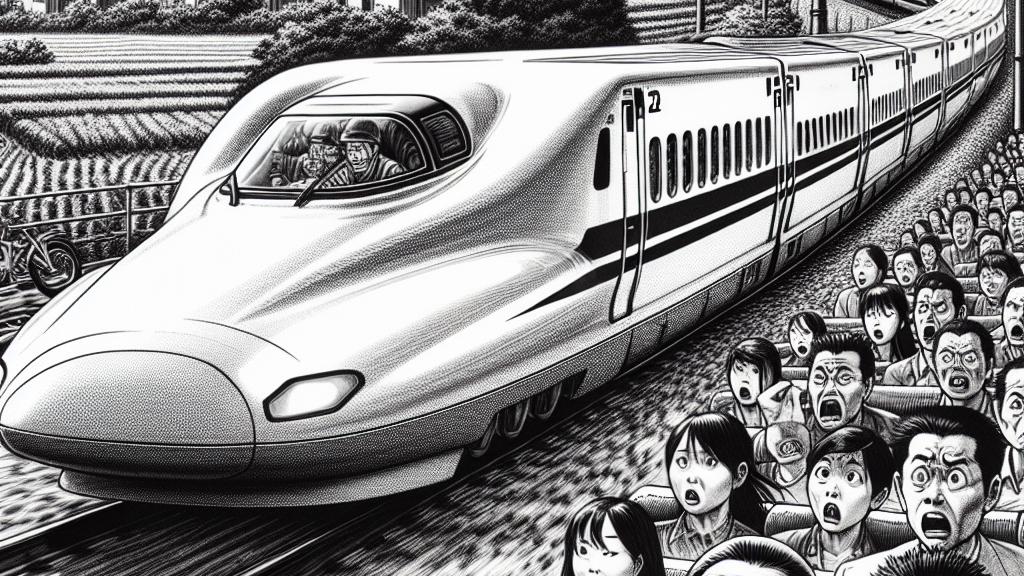Trouble with the Tohoku Shinkansen: Estimated Misoperation of Switch Due to Metal Fragments
Overview
- A critical incident unfolded in Miyagi Prefecture, Japan, when a train unexpectedly separated during operation.
- Metal fragments near the coupling area are suspected to have triggered this dangerous misoperation.
- JR East swiftly embarked on comprehensive inspections to ensure passenger safety and restore trust.

Incident Overview
On the fateful morning of September 19, 2024, passengers aboard the Tohoku Shinkansen were jolted by a shocking incident that shook the foundation of high-speed rail travel in Japan. As the train, traveling at a breathtaking speed of 315 kilometers per hour, cruised through Miyagi Prefecture, a segmentation of the carriages occurred. This unexpected event prompted the train’s automatic braking system to activate, bringing the vehicle to a rapid halt. Fortunately, all 320 passengers on board were unharmed. However, the fact that such a well-regarded and efficient transportation system could experience such a critical failure raised eyebrows and prompted deeper inquiries about its safety mechanisms.
Investigating the Causes
In the aftermath of this incident, JR East rapidly initiated an extensive investigation to uncover what went wrong. Disconcertingly, small metal fragments were discovered near the coupling area, suggesting they might have caused an electrical misoperation. Simultaneously, investigations revealed that a key component, the 'heavy-weight rod,' which is responsible for maintaining the integrity of the overhead wires, had also failed. This dual failure resulted in severe operational disruptions, impacting around 12,000 passengers across various lines. It's critical to note that while the Shinkansen's coupling mechanisms are typically reliable, experts suggest that this incident underscores a vital need for ongoing maintenance and technological vigilance to prevent future mishaps.
Steps Toward Enhanced Safety
In light of this alarming incident, JR East has taken remarkable strides to enhance safety and reliability. They undertook immediate emergency inspections of not only the implicated systems but also all accompanying train components. Such decisive action reflects their commitment to passenger safety and operational integrity. The coupling mechanisms, historically trusted for their engineering excellence, have now been subjected to more rigorous scrutiny. Rail safety analysts underline the necessity for continual advancements in technology and regular staff training, aimed at preventing a recurrence of such critical failures. This situation acts as a profound reminder that even systems regarded as gold standards in safety require constant vigilance and innovation to maintain their exceptional track records. In doing so, JR East aims not just to address these issues but to lead the global rail industry in providing safe, efficient, and user-friendly travel.

Loading...